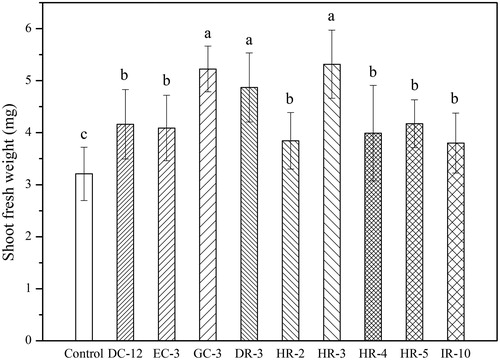Figures & data
Figure 1. Redundancy analysis between the bacterial communities and the environmental factors present in the rhizosphere soil and bulk soil of C. microphylla in four sites with different aridity index (a) and three types of dunes (b).
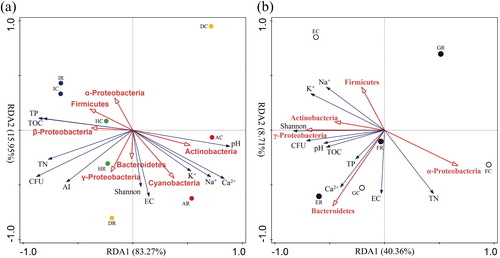
Figure 2. Phylogenetic relationships among bacterial isolates with multiple PGP traits from bulk soil of C. microphylla based on the partial 16S rRNA gene sequences. The potential PGP traits of bacterial isolates are indicated with the following symbols: ▲ nitrogen fixation, ▼ phosphate solubilization, ● siderophore production, ◆ ACC production, ■ IAA production.
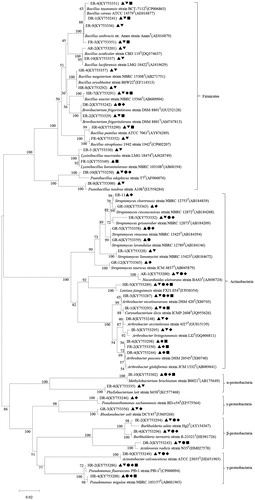
Figure 3. Phylogenetic relationships among bacterial isolates with multiple PGP traits from rhizosphere soil of C. microphylla based on the partial 16S rRNA gene sequences. The potential PGP traits of bacterial isolates are indicated with the following symbols: ▲ nitrogen fixation, ▼ phosphate solubilization, ● siderophore production, ◆ ACC production, ■ IAA production.
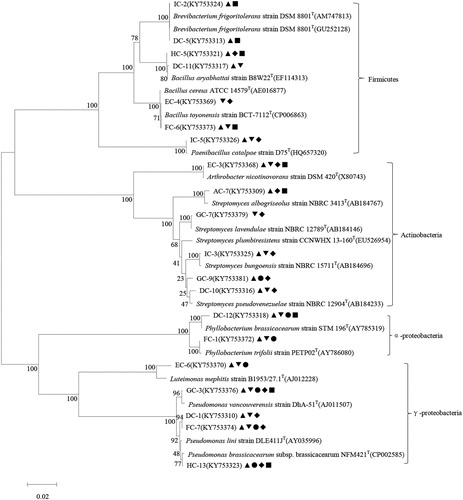
Figure 4. Effects of PGPB inoculation on the growth of Arabidopsis seedlings. (a) Representative images of 12-day-old seedlings after 7 days of growth under control and PGPB inoculated conditions; (b) Effects of PGPB on primary root length; (c) Effects of PGPB on lateral root numbers. Data represent mean values with standard deviation (±SD) of three groups of seedlings each consisting of 8 seedlings. Different letters indicate statistically significant differences (Tukey’s HSD test; p < 0.05). The experiment was repeated three times with similar results.
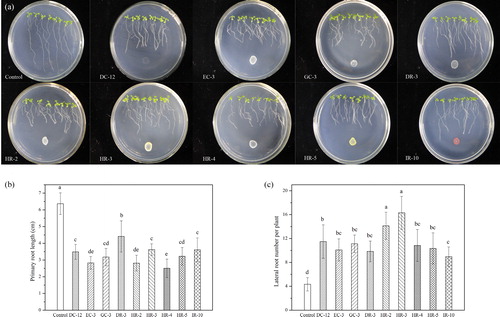
Figure 5. Effects of PGPB inoculation on shoot fresh weight. Data represent mean fresh weights ± SD of three groups of seedlings each consisting of 8 excised shoots. Different letters indicate statistically significant differences (Tukey’s HSD test; p < 0.05). The experiment was performed in triplicate.
